
Margaret Ackland
Tumble, 2023
Watercolour on paper
95 x 97 cm artwork, 112 x 114 cm framed, Photo Ian Hobbs
SOLD

Margaret Ackland
Flourish, 2022
Watercolour on paper
140 x 100 cm artwork, 157 x 117 cm framed, Photo Ian Hobbs
SOLD

Margaret Ackland
Open, 2022
Watercolour on paper
45 cm D artwork, 61 x 61 cm framed, Photo Ian Hobbs
SOLD

Margaret Ackland
Tilt, 2023
Watercolour on paper
63 x 65 cm artwork, 77 x 79 cm framed, Photo Ian Hobbs
SOLD

Margaret Ackland
Flow, 2022
Watercolour on paper
90 cm D artwork, 111 x 111 cm framed, Photo COTA
SOLD

Margaret Ackland
Studio, 2022
Watercolour on paper
90 cm D artwork, 111 x 111 cm framed, Photo COTA
SOLD

Margaret Ackland
Spiral, 2023
Watercolour on paper
140 x 100 cm artwork, 157 x 117 cm framed, Photo Ian Hobbs
SOLD

Margaret Ackland
Bridge, 2023
Watercolour on paper
97 x 104 cm artwork, 114 x 122 cm framed, Photo Ian Hobbs
SOLD

Margaret Ackland
Twist, 2022
Watercolour on paper
70 x 65 cm artwork, 83 x 80 cm framed, Photo Ian Hobbs
SOLD

Margaret Ackland
Arch, 2023
Watercolour on paper
80 x 80 cm artwork, 97 x 98 cm framed, Photo Ian Hobbs
SOLD

Margaret Ackland
Stand, 2022
Watercolour on paper
118 x 75 cm artwork, 137 x 95 cm framed , Photo Ian Hobbs
SOLD

Margaret Ackland
Swirl, 2022
Watercolour on paper
60 cm D artwork, 78 x 78 cm framed, Photo COTA
SOLD

Margaret Ackland
Tip, 2022
Watercolour on paper
60 cm D artwork, 78 x 78 cm framed, Photo COTA
SOLD

Margaret Ackland
Lean, 2022
Watercolour on paper
57 cm D artwork, 75 x 75 cm framed, Photo COTA
SOLD

Margaret Ackland
Hide, 2023
Watercolour on paper
48 x 48 cm artwork, 66 x 66 cm framed, Photo COTA
SOLD

Margaret Ackland
Balance, 2022
Watercolour on paper
107 cm D artwork, 130 x 130 cm framed, Photo COTA
SOLD
Exhibition Statement
Shiny objects threaten to tip and tumble as they reflect intricate patterns, flowers and fruit as well as revealing the distorted interiors in which they were painted and occasional self-portraits.
These paintings grew from the pandemic lockdowns of the last few years when I returned to still life, making compositions with a few favourite objects. They developed into staged compositions where I played with unstable juxtapositions of shiny things, pushing them to their tipping point and reflecting my feelings about the chaos and uncertainty around us.
Exhibition Essay
In this world of utility. There is no avoiding reality, no way of escaping it, for the sole purpose of these objects is to serve people’s needs. But to think of them as nothing but physical objects would be an error - Soetsu Yanagi
When I first encountered Margaret Ackland’s work, I was taken aback by the scale and animation. Sometimes almost as tall as the artist, the watercolours are lively and expansive. Full of activity and agitation, they are neither spare, nor austere, catching me in bustling movement and pattern.
Objects witness us, says Ackland, as she sits at her studio desk. It was during lockdown she recounts, when time and mobility slowed down that she began to take a closer look at the stillness of things around the house.“I’ve always been completely entranced and interested in the visible world, and looking at things” she reflects. Silently present, Ackland understood that the objects we hold near are witness to our living. Interested in this witnessing, in the gaze and the reflections that bounce back, she developed the new body of work Tipping Point.
Instability and pattern create tension in the paintings. Recasting the conventions of the still life genre, the carefully arranged teapots, vases, and other everyday objects — typical to still life — are on the brink of falling. Caught this moment of instability, Ackland’s subjects emerge unsteadily in peril. Yet wavering on the edge, at their tipping point, there is a balance found in the orderly repetition and rhythm of patterned fabric.
The classic Toile textile appears across multiple works. A type of fabric originating from France, Toile traditionally depicts idyllic pastoral or rural scenes in ornate pat- tern. In a classical French kind of way, the cloth holds feelings of country romance and nostalgia.
Ackland’s Toile mime the romantic classic, yet taking a closer look you may notice a slight twist. Symbols and images from modern news and current events hide in certain detail. Looking for the code, I am captivated by a comforting hum of floral silhouettes. I think about the media cycle, repetition, newspapers, print and what it means to witness.
Without question, there is something miraculous in Ackland’s technical ability of rendering watercolour into the reflective materiality of the metal and glass subjects. Passing through thin layers of colour, light bounces off the white paper background. The effect is a desirous translucency distinct to the process and medium. Yet the delicacy of a watercolour also lends itself to an unforgiving quality. Unlike other mediums such as oil or acrylic, there is a lack of plasticity in the paint. Once a mark is made, it is difficult to erase or remove. Negotiating this character, the fragility of the paper, and pigment suspended in the movement of water demands a degree of patience that discerns a sensitivity within the unsteady compositions. Such precision is irrevocably enchanting.
The works in Tipping Point capture quiet moments of watching, between the artist and her objects, as the chaos and madness of the pandemic transpired. Sometimes, distorted within the curvature of a reflective surface, is a face appearing to hold a mobile phone. Warped, flipped or multiplied, it is in fact an obscured image of Ackland herself. These paintings are thus not only still life compositions, but also portraits. The object’s gaze is witness to Ackland, as she is witness to them, and we begin to see Ackland on a different, tilted plane. We see her face and body pulled and altered as it looks back at us. She is observing and being observed. Held together by the balance of patterned fabric, the gaze is cyclical, feeding back into itself. Deftly painting herself into the still-life, Ackland reflects on the perspective of the objects that we hold close and how they in turn hold us — until the very edge.
Claire de Carteret
Writer/Curator
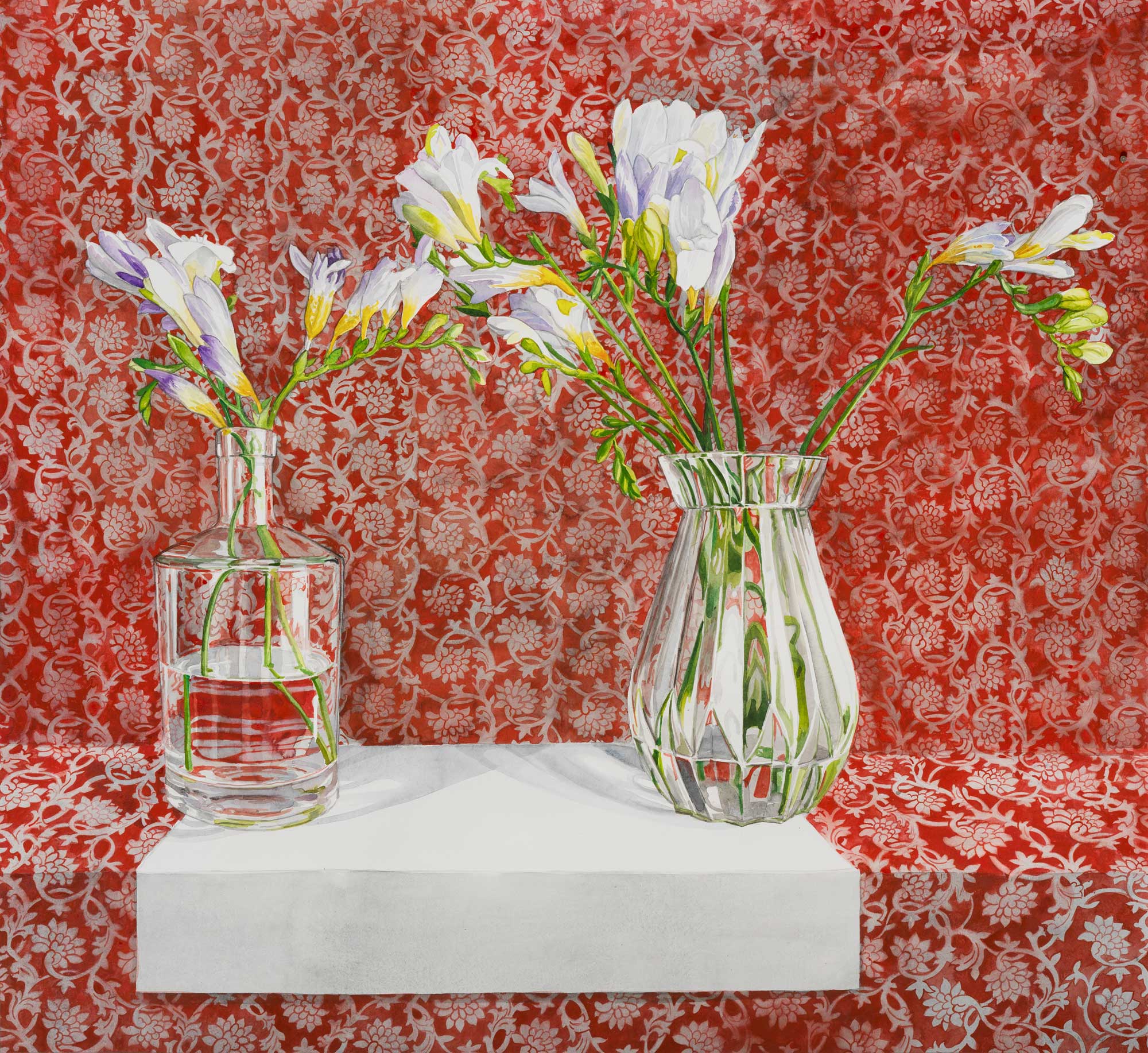 Margaret Ackland, Bridge, 2023, Watercolour on paper, 97 x 104 cm artwork, 1120 x 124 cm framed, Photo Ian Hobbs
Margaret Ackland, Bridge, 2023, Watercolour on paper, 97 x 104 cm artwork, 1120 x 124 cm framed, Photo Ian Hobbs
Contact us here for any enquiries.
Margaret Ackland: Artist Statement & Bio
Domestic Icons – “Objects holding memories of past generations, interwoven with invisible threads of love and loss and the intricate patterns that hold my focus and bring joy.
(The flowers have mostly been grown on our balcony garden).”
Margaret Ackland is a highly respected Australian artist whose practice is renowned for its bold use of colour, intricate layering, and poetic attention to the overlooked details of everyday life.
Working primarily in large-scale watercolours, she creates works that are both technically rigorous and visually arresting, transforming household items, trinkets, and fragments of domestic life into luminous reflections on presence, memory, and identity. By magnifying these objects to monumental proportions, Ackland invites viewers to reconsider their intimacy and significance, elevating the ordinary into the extraordinary.
Ackland’s career achievements are considerable. A four-time Archibald Prize finalist and winner of the Portia Geach Memorial Award in 1988, she has been selected for the prize eleven times, including receiving the People’s Choice Award in 2021. Ackland has held over thirty solo exhibitions since 1985, and her works are represented in national collections such as Artbank, the Mitchell Library, the Holmes à Court Collection, and Deakin University. Her regional solo exhibition in 2016 The Watercolour News at Gippsland Art Gallery transformed daily newspapers into painterly meditations on media and information. She has also been featured in Italian Vogue, profiled on ABC TV’s Compass, and commissioned in 2018 to produce a significant large-scale work for the Intercontinental Hotel in Bangladesh.
By blurring still life and portraiture, Ackland elevates the domestic into the extraordinary, creating works that are intimate, expansive, and deeply human.
Margaret Ackland: CV September, 2025 Download
A four times Archibald finalist, Margaret Ackland is renowned for her expressive and vibrant use of colour. She won the Portia Geach Portrait Prize in 1988 and has been selected for the Portia Geach Prize 11 times, winning the People's Choice Award in 2021.
Education
Solo exhibitions
Group exhibitions
Awards and achievements
Collections
Intercontinental Hotel, Doha Bangladesh; Artbank; Christ Church St Laurence; Deakin University, Holmes a Court, Mitchell Library, Sydney; Pharmacy Guild of Australia; Phillips Fox; Scotts College; Sydney Grammar School; Trinity Grammar School; Uniting Church of Australia; University of Sydney; Willoughby Library and private collections in Australia and overseas.
Reviews and publicity
2023 ‘The Big Book of Little Art Essays’, Flinders Lane Gallery
2023 Art Almanac, 'Flowers, Abstraction, Landscape', Dr Judith Pugh
2022 Art Almanac
2012 Artist Profile Magazine. Not The Way Home. Issue 18
2011 Rosemary Crumlin, The Blake Book. MacMillan. pp.193,204
2009 Author, Title, Art Monthly, October
2008 Author, Title, Sydney Magazine, Sydney Morning Herald
Author, Title, Elle Italia, Spring
Compass, ABC Television, 1 June
2007 Author, Seldom Scene, Mitchell Library
2006 Katrina Lobley, ‘Events’, Sydney Morning Herald, 29 June
Sunanda Creagh, Open Gallery, Sydney Morning Herald, 1 June
D.W. Thorpe, Who’s Who of Australian Visual Artists, publisher, 2nd edition
1994 Susan McCulloch, Australian Art Encyclopedia, Allen & Unwin
1990 Max Germaine, Artists and Galleries of Australia, Craftsman House
1987 Dawn Mendham, The Refining Fire, Albatross Books, pp.18-25
1985 Exhibition Commentary, Art and Australia, Fine Arts Press, vol.23, no2 p.173
1993 Judi Fisher et al., A Place at the Table, JBCE, pp.47-53,84

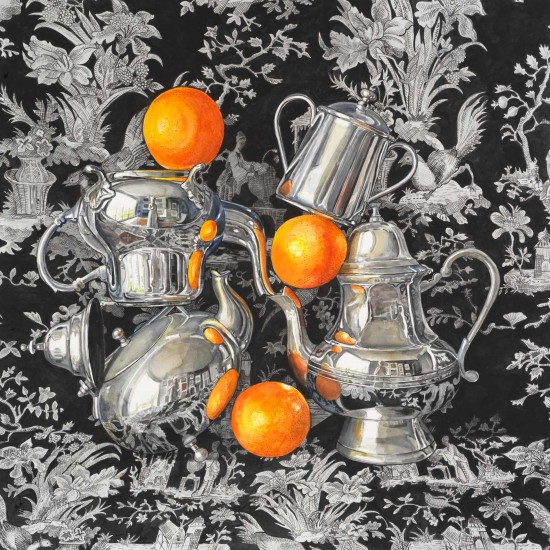
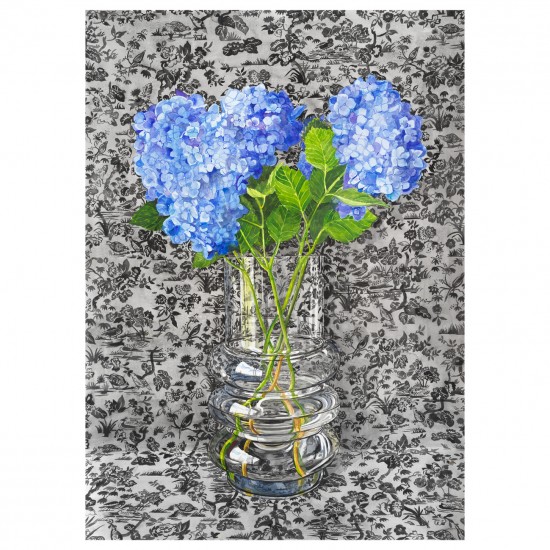
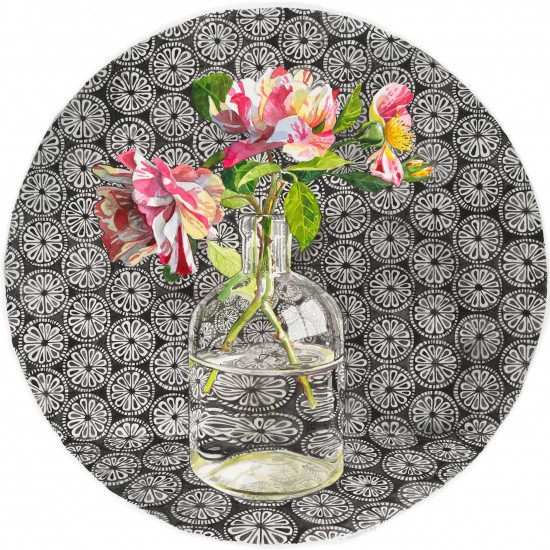
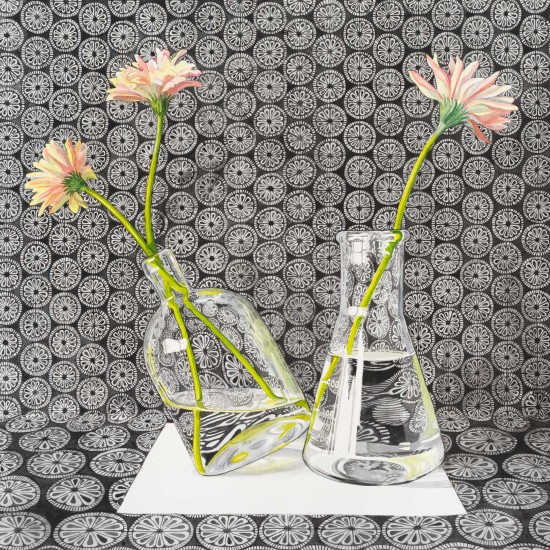
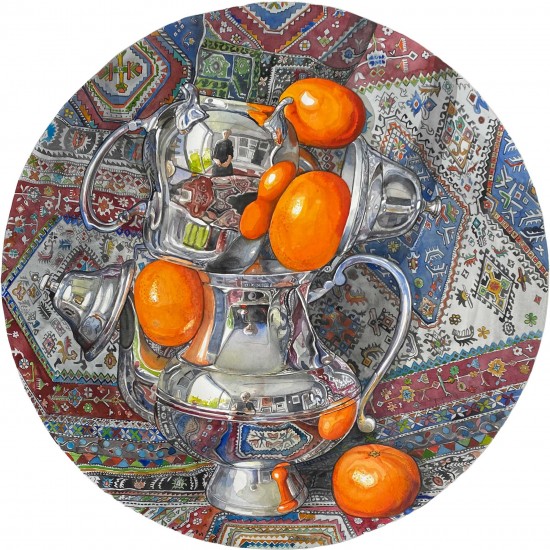
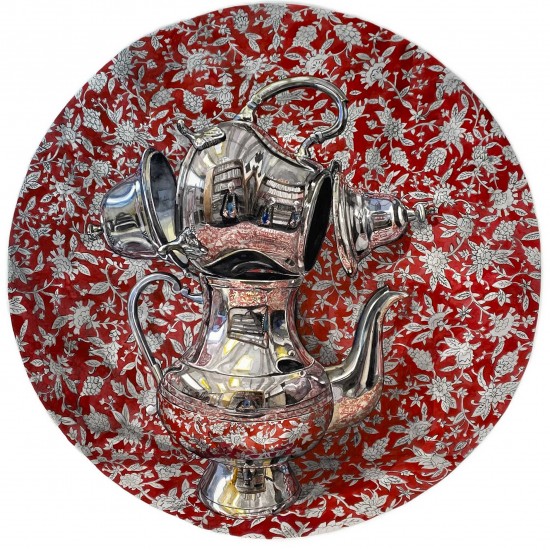
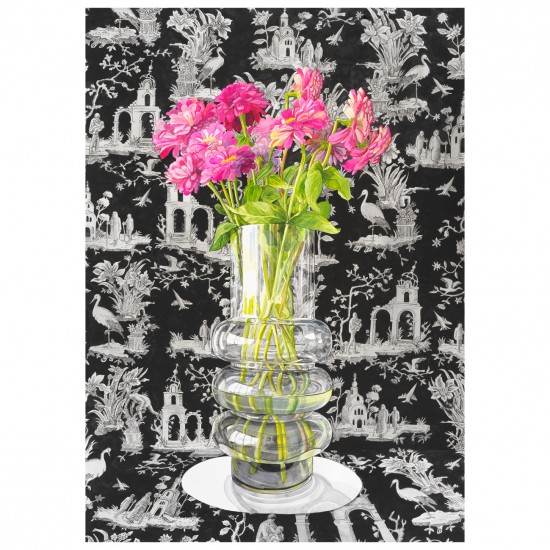
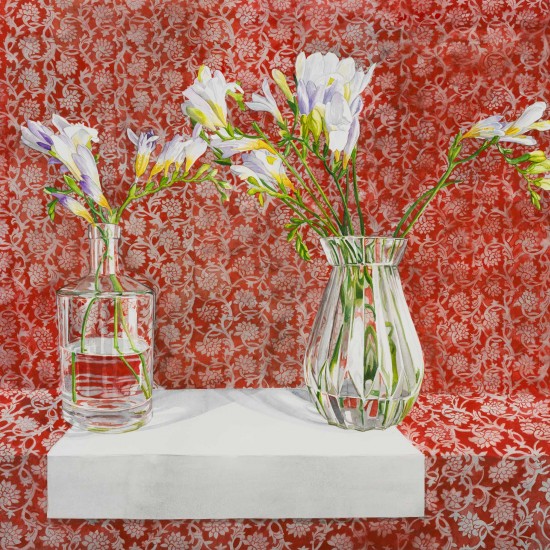
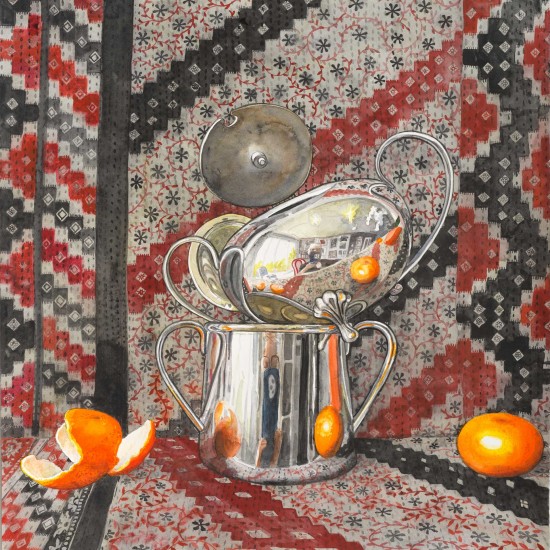
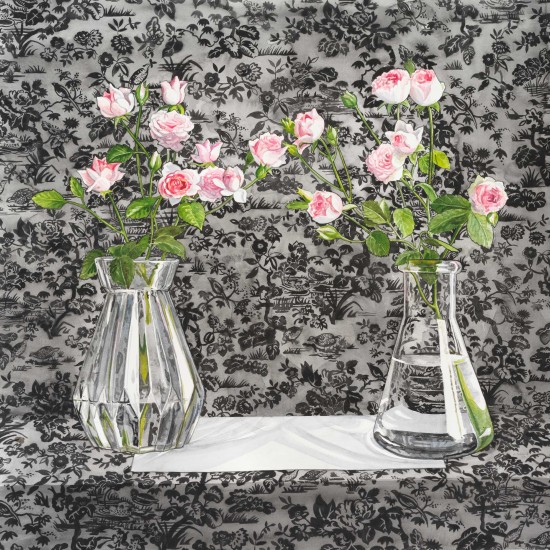
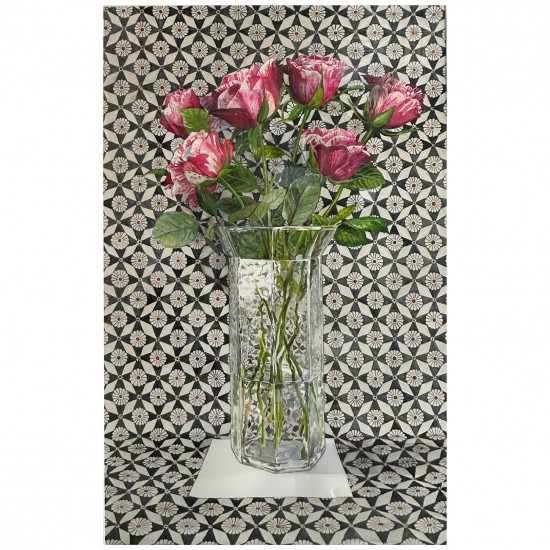
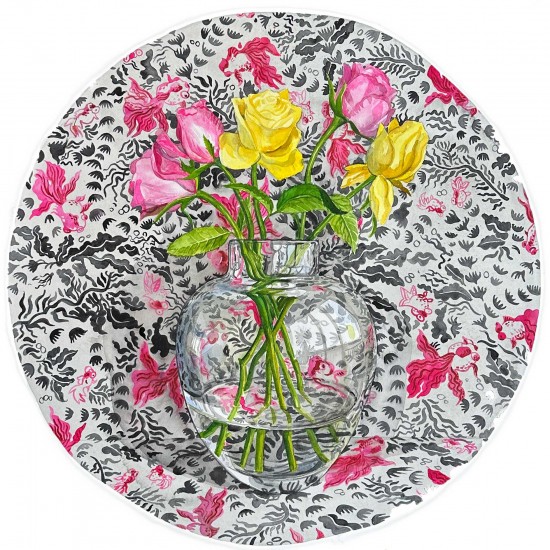
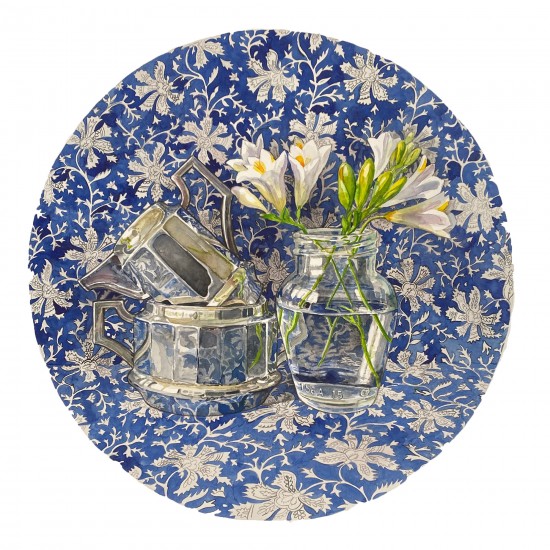
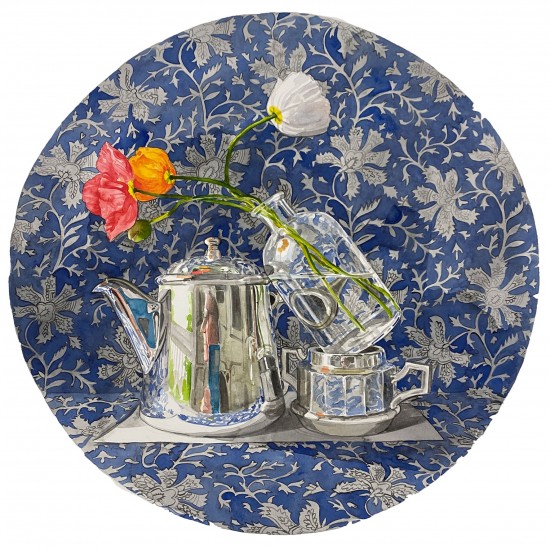
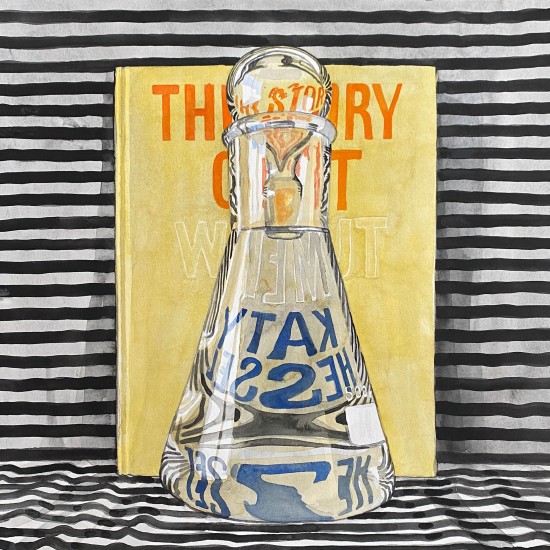
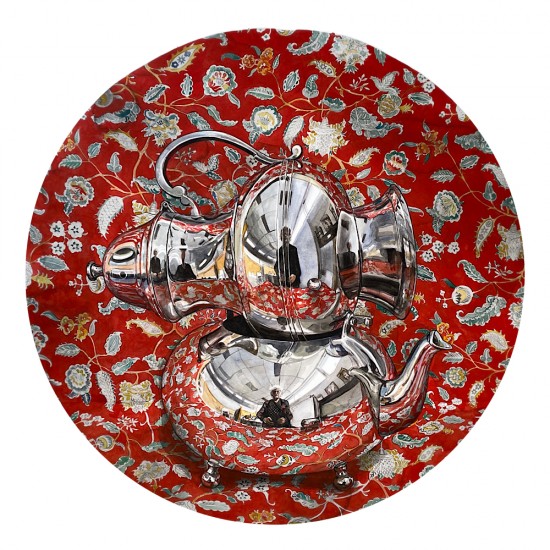

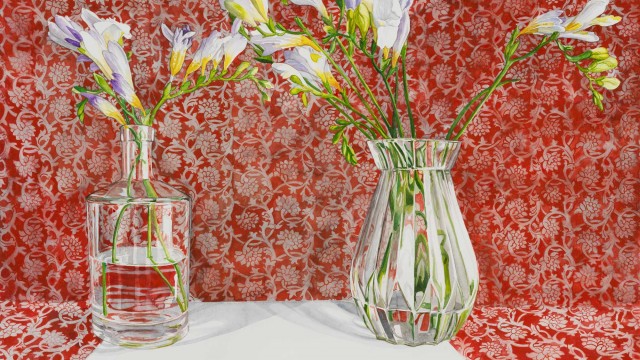
e-Catalogue | Margaret Ackland 'Tipping Point'